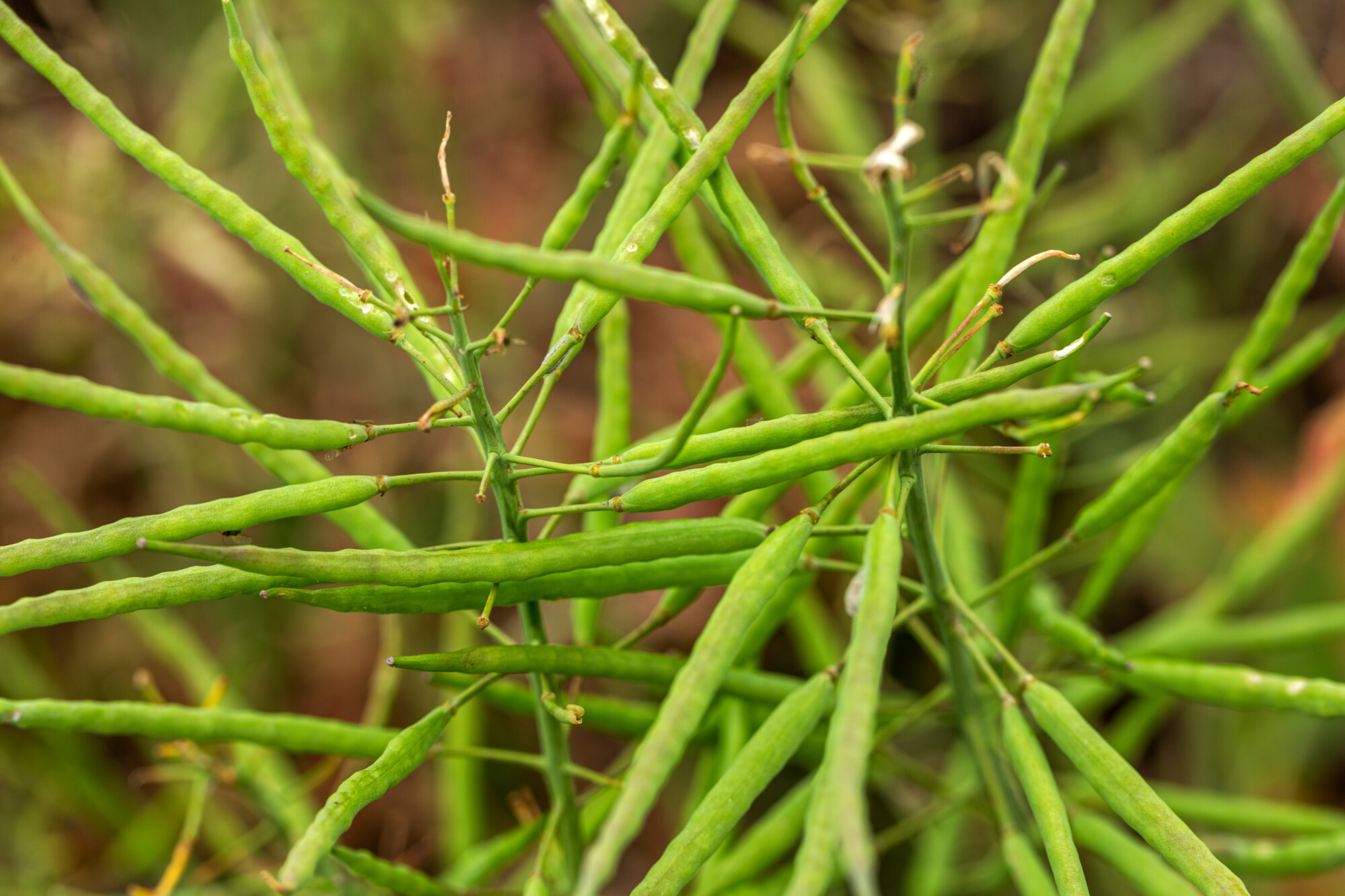Authoritative new guide helps OSR growers make the most of early drilling
19th July 2021
Bringing together the latest intelligence from across the industry, to help oilseed rape growers make the most of early August drilling, is an authoritative 20-page guide published this summer.
Produced jointly by crop production and establishment specialists, Bayer and Opico, with experts from ADAS, NIAB and Wright Solutions, the new guide provides a wealth of practical advice for early drillers alongside the most important establishment essentials.
Sowing in the first two weeks of August has been invaluable in allowing many crops to survive cabbage stem flea beetle grazing in recent years, it observes. But moving drilling forward from its main mid-late August window brings with it a number of challenges that need to be addressed to make the most of this opportunity.
Chief amongst these is the danger of increased CSFB larval burdens in the spring. While reducing the pressure from phoma, earlier drilling is also recognised as adding to risks from light leaf spot, clubroot, and possibly also verticillium and turnip yellows virus.
At the same time, the Guide points to the increased agronomic pressure presented by overly-large canopies susceptible to pre-mature stem extension in mild winters and serious damage from frost and snow if conditions turn cold.
Higher lodging risk is highlighted as a particular consideration too; especially where a combination of higher seed rates and better establishment results in dense stands of thinner-stemmed plants.
In addition, of course, sowing in early August means very little time from harvesting the previous crop, with obvious implications for previous cropping, straw management, grass weed control and correcting any soil structural problems. And machinery and workload issues at the peak of cereal harvest for most cannot be ignored either.
To make the most of the valuable opportunities earlier OSR drilling brings while avoiding its main pitfalls, The Guide to Early OSR Drilling identifies a number
of important rotational, varietal, machinery and management priorities in a series of easy-to-read sections. Foremost amongst these are:
Key rotational priorities
- OSR should never be sown if there is insufficient moisture in the seeding zone or soil structure is compromised
- Soil structural issues need to be corrected ahead of the crop in the rotation wherever possible, and ground with a history of clubroot problems should be avoided
- Winter barley offers the best entry, with winter oats, winter wheat and spring barley also suitable providing their maturity is not delayed by genetics or management
- Leaving long cereal stubbles will ensure the most rapid combining and effective straw chopping and spreading while providing OSR with a good micro-climate for establishment
- Sowing with companion crops can improve establishment, and brassica-containing cover crops sown later in nearby fields may be useful in ‘trapping’ migrating CSFB.
Key variety priorities
- As well as establishing vigorously, varieties should be rapid in their development to get crops away but not so fast that they produce excessively forward pre-winter canopies
- Varieties that are earlier or faster in their spring regrowth can provide valuable extra tolerance to higher levels of CSFB larvae
- First-class standing power based on the best combination of stem stiffness and lodging resistance is more essential than ever
- Strong light leaf spot resistance is also crucial, combined with good resistance to verticillium where possible
- Turnip yellows virus resistance can be a useful extra safeguard, although only in addition to the more important priorities.
Key machinery priorities
- Single pass establishment is essential, with speed balanced by sufficient care and precision in seed placement in particular
- Where the soil is in good enough condition with an unrestricted structure for root penetration and drainage, no-till drilling should be preferred
- Alternatively, structural concerns and any harvest trafficking damage can be tackled with some low disturbance metal at depth as part of a tailored seeding regime
- Seed should always be sown through coulters into soil re-consolidated after any disturbance to provide good depth control and seed-to-soil contact
- Machines should be able to cope with long stubbles and trash; apply fertiliser with the seed; and, ideally, also be able to sow companion crops and apply slug pellets
Key management priorities
- Seed rates leading to higher- than-ideal plant populations should be avoided to ensure the most productive canopies and stems with the least susceptibility to CSFB larval damage
- The reduced threat from phoma should give more flexibility to delay autumn fungicide treatment, targeting it more effectively against the higher light leaf spot risk
- An early autumn application of metconazole may be needed to regulate the growth of crops that are particularly forward – especially if they are also very thick
- Relatively large canopies coming out of the winter put the onus on careful spring N management to Green Area Index (GAI) and effective plant growth regulation
- Levels of CSFB larvae can be reduced by sheep grazing or mechanical defoliation but this must be neither too intense nor too close to stem extension to avoid compromising yields.
“Making the new Guide available as widely as possible to growers and their advisers across the country this summer will, we very much hope, help them to take full advantage of the particularly good prospects for OSR in the coming season with the least risk,” comments Bayer OSR campaign manager, Lizzie Carr-Archer. “Copies can be obtained free-of-charge from both ourselves and Opico.”
Farmers can download a copy here

